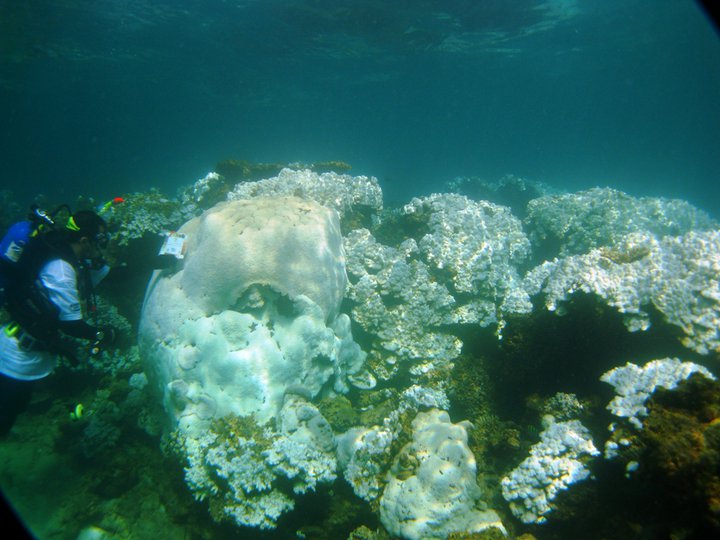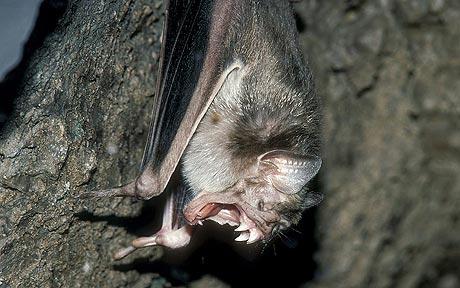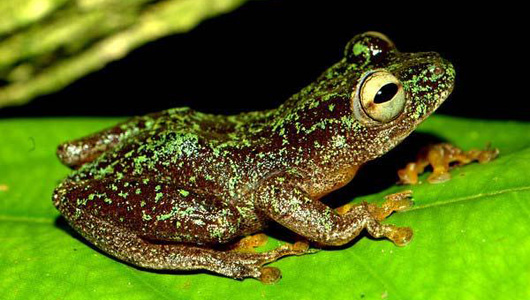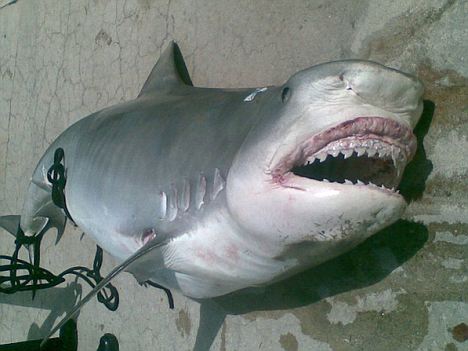
© Kuwait Dive Team
Head of the Kuwait Diving Team Walid Al-Fadhel said in a statement to KUNA, "this requires quick action by the competent authorities to find out the real causes, as well as solutions." He also called on frequent goers to these marine natural sites to refrain from any action that may inflict damage in the reefs or kill the creatures co-existing with them.
The comprehensive survey, conducted by the team, included the major locations of coral reefs 50 miles along the shores and 70 km from the southern coast borders, with depths ranging from 1-13 meters.
The combing covered Um Al-Maradim, Kheiran, Ras Al-Zor, Garouh, Um Diera, Teyler, Kubbar and Oraifjan with the result of 90 percent of "bleaching" of the coral reef.
At the begining of noticing this phenomenon, he added, dead fish were found floating on the water surface, or laying between the corals, yet not anymore.
Al-Fadhel said that the team does not know the causes for this disaster, but it is either a natural or human, which requires the competent authorities, whether global or local, to examine and prepare accurate studies. He noted that the diving team proceeded to contact several local and international companies (interested in this matter) and send the necessary reports with some samples of sites affected for study.




Comment: SOTT is speechless.